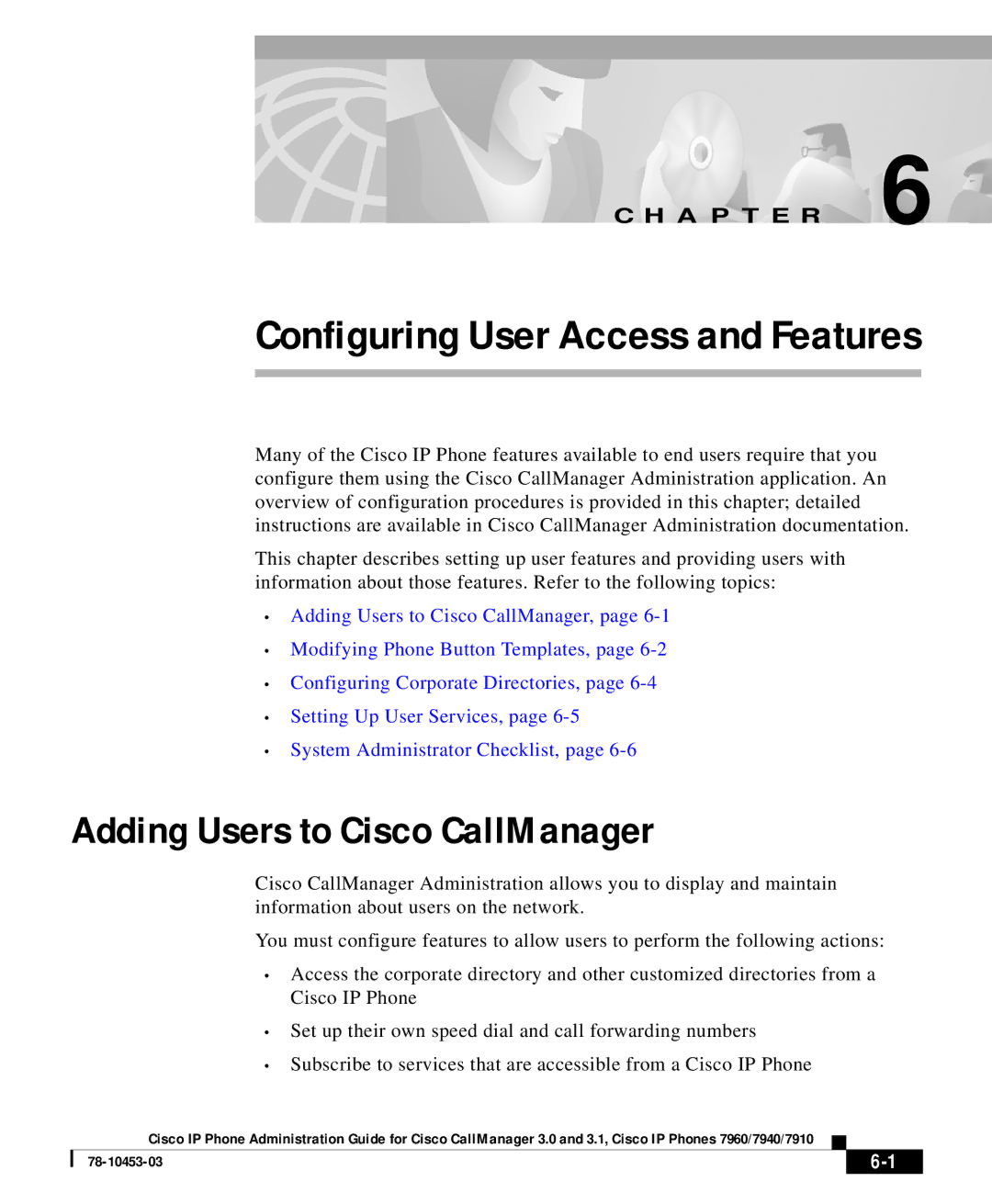7910 specifications
The Cisco Systems 7910 is a powerful IP phone designed primarily for small to medium-sized businesses seeking a reliable, cost-effective communication solution. As part of the Cisco unified communications portfolio, the 7910 is celebrated for its user-friendly interface, robust features, and seamless integration with various Cisco systems.One of the defining characteristics of the Cisco 7910 is its ergonomic design, which includes a backlit display that ensures visibility in various lighting conditions. The phone boasts a simple, intuitive layout featuring a 2-line LCD screen that provides essential information such as call details and contact names. Additionally, its vibrant button layout allows users to navigate through options easily, enhancing the overall user experience.
In terms of features, the Cisco 7910 supports a range of essential telephony functions. This includes call waiting, call forwarding, and caller ID, making it easier for users to manage their calls effectively. Furthermore, the phone is equipped with an intercom system, allowing for seamless communication between different extensions within the organization. The Cisco 7910 also supports a headset port, facilitating hands-free communication, which can be particularly beneficial in busy office environments.
The technologies integrated into the Cisco 7910 further reinforce its capabilities. The phone is compatible with Voice over IP (VoIP), allowing it to transmit voice data over the Internet instead of traditional phone lines. This technology not only reduces operational costs but also increases flexibility and scalability as organizations grow. The Cisco 7910 works efficiently within Cisco's CallManager software environment, providing advanced call handling and management features like directory services and unified messaging.
The Cisco 7910 is built to support wideband audio, ensuring high-quality sound during conversations. This enhanced audio experience is crucial for improving communication clarity and fostering effective collaboration among teams. The phone also includes built-in security features, such as encryption, to protect sensitive data and communication, an essential aspect for modern businesses.
In summary, the Cisco Systems 7910 is an exceptional IP phone that combines essential telephony features, advanced VoIP technology, and user-centric design. Its characteristics make it an ideal choice for organizations looking to enhance their communication infrastructure without compromising on quality or reliability. Whether used by frontline staff or management, the Cisco 7910 stands out as a versatile solution that meets the diverse needs of contemporary workplaces.

